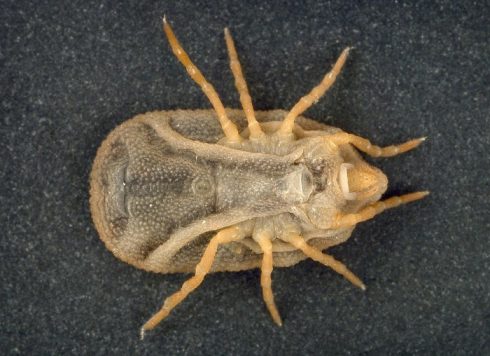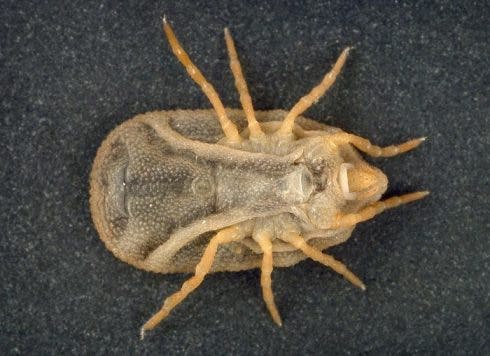SPANISH health authorities have confirmed a case of Crimean-Congo haemorrhagic fever (CCHF) detected in a man in Castilla y Leon.
The middle-aged man was admitted into hospital in El Bierzo,Leon, northwestern Spain on Wednesday after showing symptoms of the illness following a tick bite.
He was then transferred by military plane to a hospital in the Basque Country for specialist observation.
He is currently being treated in an isolation ward at Donostia University Hospital which has a specialist unit for infectious and contagious diseases.
A statement from Castilla y Leon health authorities said the man, whose name has not been made public, ‘remains in a stable condition, despite the clinical severity that this pathology implies’.
According to the WHO, the mortality rate for CCHF is between 10 and 30%
Spain’s Department of Health has issued a message of calm in light of the fact that it is a rare disease and insists that all isolation and security protocol has been followed.
Crimean-Congo haemorrhagic fever was first found in Crimea in 1944 and therefore was initially given the name, Crimean haemorrhagic fever.
But in 1969 it was found to be the cause of illness in the Congo, which was why the name was changed to Crimean-Congo haemorrhagic fever.
It’s caused by infection with a tick-borne virus (Nairovirus) the main carriers of which are Hyalomma ticks.

Human-to-human transmission is possible, and happens when a person comes into contact with the blood and bodily fluids of people infected with CCHF, which is why the patient is being treated in an isolation ward.
What are the symptoms?
Symptoms can appear between one to three days after a person is bitten by an infected tick. But, the incubation period is five to six days, and can be up to 13, if you come into contact with infected blood or body tissues.
Symptoms include, fever, aches and stiffness of the neck and back, dizziness, sore eyes and sensitivity to light. It can also cause vomiting,diarrhoea, stomach pains and a sore throat.
Other signs can include a fast heart rate, enlarged glands and a rash, caused by bleeding into the skin, as well as severe nosebleeds and bleeding gums.
Severely ill patients will suffer rapid kidney failure, sudden liver and heart failure, around five days after falling ill.
Spain detected its first case of CCHF in 2011 and a Spanish man died in 2016 after being diagnosed with the disease following a tick bite.
READ MORE:

